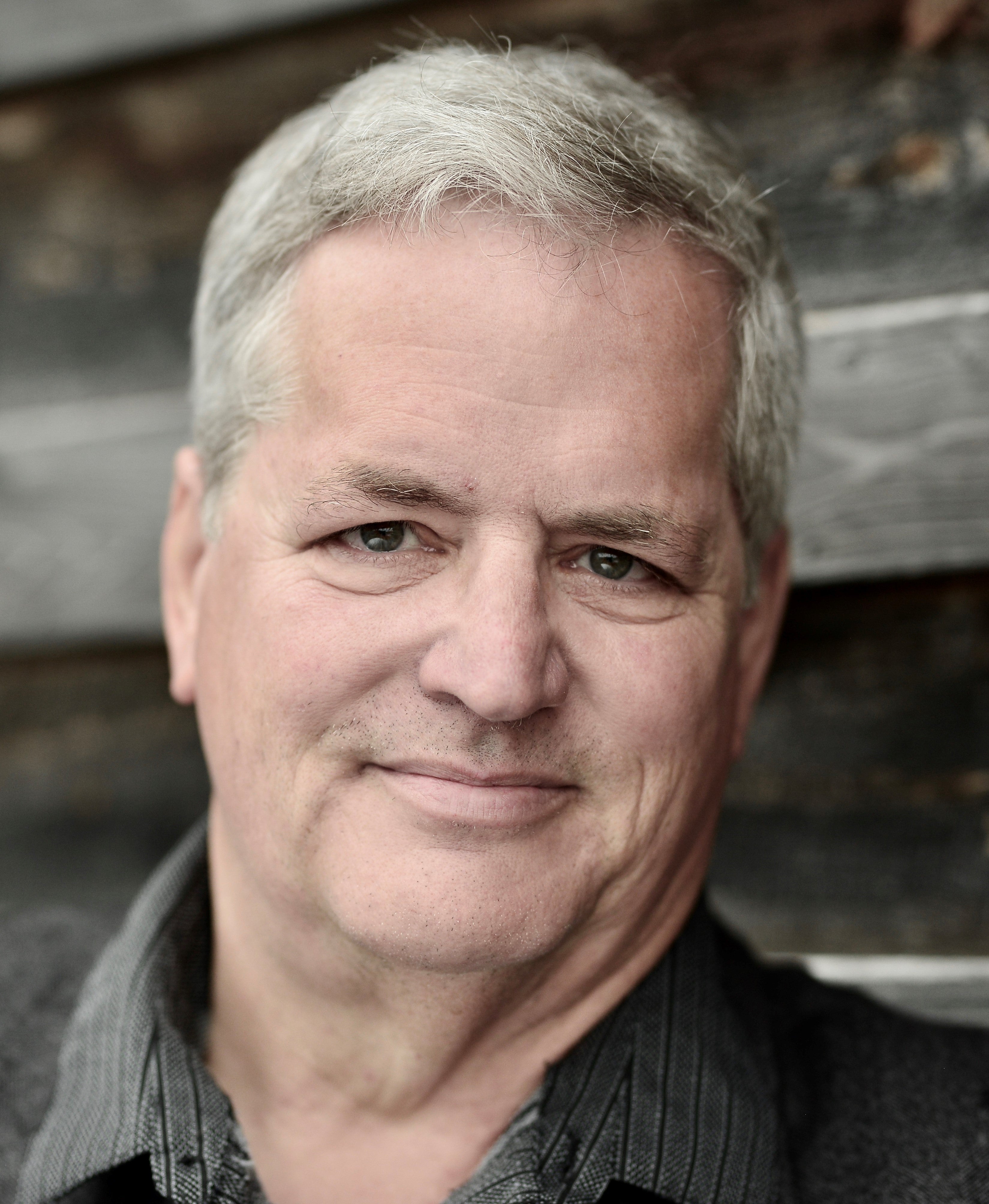The worst year ever — and it wasn’t 2020
Published 10:30 am Friday, February 26, 2021
|
Getting your Trinity Audio player ready...
|
“The sun gave forth its light without brightness, like the moon, during this whole year … men were free neither from war nor pestilence nor any other thing leading to death.”
~ Byzantine historian Procopius, A.D. 500-570
BY ERIN SMITH
Sun Columnist
2020 was the worst year ever.
It’s a familiar – and understandable – refrain. 2020 was indeed a mixed-bag of suck. A global pandemic with millions of lives lost. Forced lockdowns and quarantining, the days bleeding into one another. Vaccine shortages. Doomscrolling. Trump’s antics that left us constantly on edge and led to the Capitol insurgence. The argument over remote versus in-person learning. George Floyd. Breonna Taylor. Systemic racism in general. Murder hornets. Rising unemployment. Climate change. Toilet paper hoarding. QAnon’s rampant spread of misinformation. A presidential impeachment trial. The endless Zoom calls that only reiterate the inalienable fact that we’re all turning into our mothers and no amount of Botox will stop the inevitable. The mundane things long-taken for granted – going to the grocery, boarding a flight, ordering a cocktail at the bar – are now fraught with danger. Even Ruth Bader Ginsburg bowed out, perhaps because 2020 was just too much.
2020 was indeed a garbage year. But it wasn’t the worst year ever. Not by a long shot.
That distinction goes to A.D. 536, a year that makes 2020 look like a walk in the park.
A.D. 536 was the coldest year in over 2,300 years, with the most drastic climate changes of any time before or since. This was no mere polar vortex. This was cataclysmic amounts of snow, rain and frigid temperatures that left over half of the globe in complete darkness for a year and a half.
No one could check their phone to see what was happening, so most people assumed God – or the gods – were punishing humans for their sins. What they couldn’t have known was that an enormous volcanic eruption in Iceland created an ashy fog that spread across the entire Northern hemisphere. This fog was so dense it completely blocked the sun’s heat, plunging the world into darkness and lowering temperatures all over the planet. The arctic temperatures led to a worldwide famine. And when resources are scarce, fighting and killing are inevitable. For five long years, people died by the millions from asphyxiation, famine or war.
And then, things got worse. In A.D. 541, the bubonic plague killed half of the Roman Empire’s population. Bites from fleas carrying the bacterium yersinia pestis led to quick and painful death. Eighty percent of those infected died coughing up blood within 10 days. Some historians believe that the bubonic plague killed up to 5,000 people per day in Constantinople at the peak of the pandemic.
Historians call this the Late Antique Little Ice Age, but most of us know it as the Dark Ages, since it was both literally and figuratively dark.
We must understand what happened first to really grasp what happened next. After the Dark Ages came the Medieval Ages and the Renaissance, a French word meaning rebirth. Many historians argue that the Black Death caused people to question the church’s emphasis on the afterlife and focus more on the present moment, a key element of the Renaissance’s humanist philosophy. People thought less about what happened then or what might happen next and more about what is happening now. This mindfulness heralded a time of explosive innovation in math, science, art, music, culture, anatomy, architecture and philosophy. The Renaissance is the time of world travel, Michelangelo, Leonardo da Vinci, Copernicus, and the invention of the Gutenberg press.
Many of the greatest human achievements happen after devastation and loss. Neuroscientists call this posttraumatic growth, or the feeling of renewal and possibility that follows traumatic experiences.
What I’m saying is this. Maybe 2020 wasn’t our best year. But this confusing and worrisome period might spur us into a more creative, grateful, and optimistic space. Perhaps we emerge with a renewed spiritual sense or appreciate for life. Perhaps we reevaluate our careers or relationships and make some positive changes. Perhaps we take fewer things – hugging each other or booking a flight – for granted moving forward.
Perhaps we’re standing at the precipice of a new Renaissance.
Our “old normal” is gone, never to return. Our “new normal” is still uncertain and unwritten. But there just may be opportunity in that. Dark ages are always followed by brighter ones.







